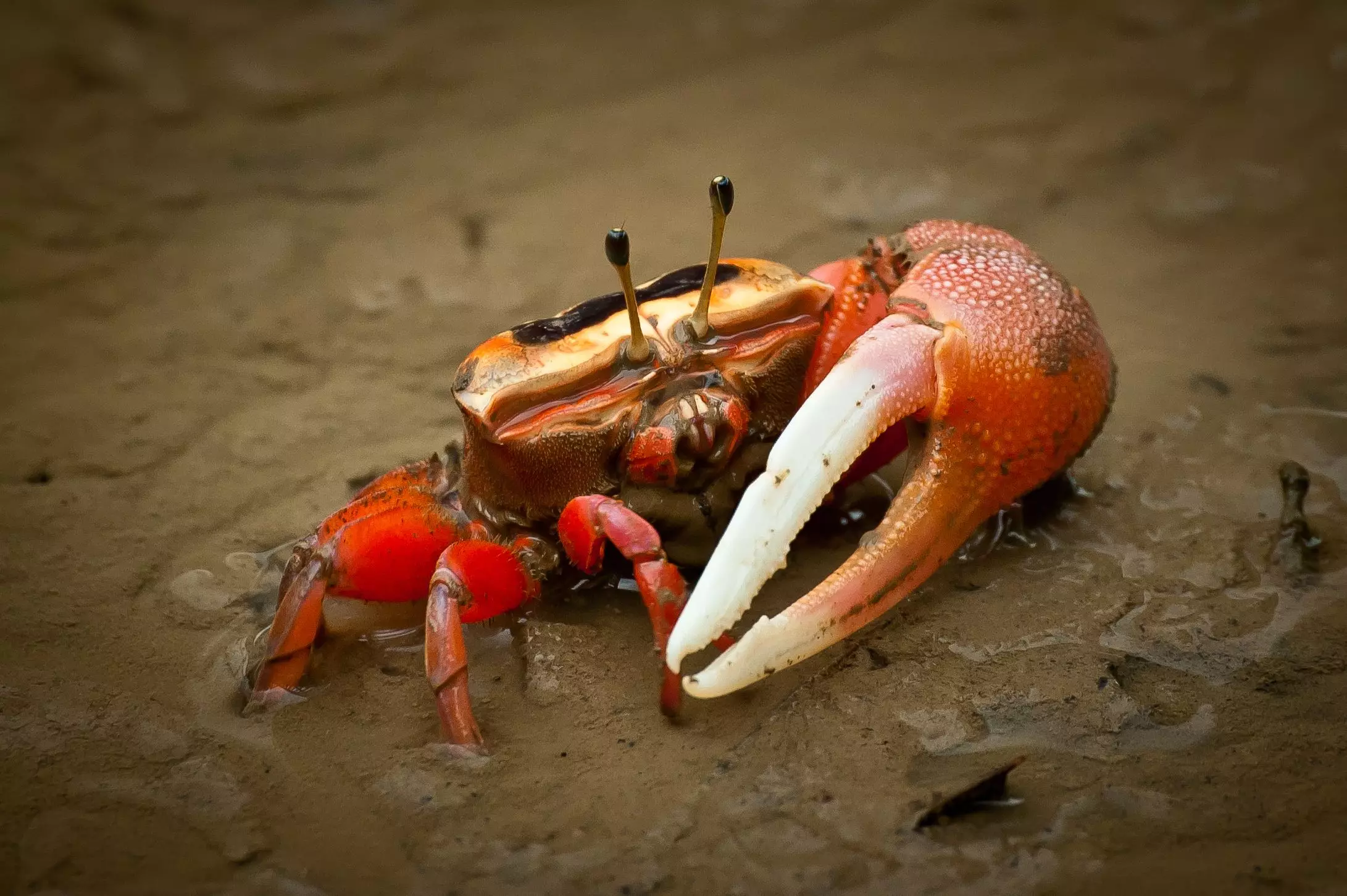Fiddler crabs are intriguing creatures that have captivated marine enthusiasts and pet lovers alike. With their unique physical characteristics and social behavior, these crabs offer a fascinating glimpse into the world of marine life. This article explores the environments, behaviors, and care requirements of fiddler crabs, ensuring potential owners are well-informed before welcoming these creatures into their homes.
The fiddler crab belongs to the genus Uca, consisting of approximately 100 different species spread across various geographical landscapes. One of the most captivating aspects of these crabs is the distinct difference in claw size between genders; males possess one notably enlarged claw, while females have two smaller ones. This oversized claw not only serves as a tool for communication and display but also gives the species its whimsical name, as it resembles the shape of a fiddle or violin.
Typically, adult fiddler crabs grow to about two inches in length, making them a manageable size for home aquariums. Most individuals have an average lifespan of up to three years when cared for properly. Unlike land hermit crabs, these lively species are predominantly aquatic, spending significant periods submerged in water, emerging primarily to forage and communicate.
Creating the Perfect Habitat
To maintain the health and vitality of fiddler crabs, custodians need to replicate their natural habitats as closely as possible. In the wild, fiddler crabs reside in coastal regions and brackish waters, alternating between land and water as tides fluctuate. As pet owners, it’s essential to provide an aquarium that mimics this dual habitat. A minimum size of a 10-gallon aquarium is recommended for one to four crabs, with an additional 3 to 5 gallons of space for each additional occupant to prevent overcrowding and territorial disputes.
The aquarium’s environment requires both a water section and a dry land area. Creating a sloped substrate—where sand gradually transitions from the water to the land—will encourage natural behavior such as burrowing and climbing. Additionally, maintaining brackish water conditions is crucial; this involves utilizing saltwater aquarium conditioners to achieve a specific gravity between 1.005 and 1.01.
Fiddler crabs are opportunistic scavengers, voraciously feeding on organic matter found within their sandy habitats. In captivity, they can thrive on commercially available crab food, which is specially formulated to meet their nutritional needs. It’s also beneficial to supplement their diet with natural foods such as brine shrimp, bloodworms, and fresh vegetables like zucchini.
When implementing a feeding schedule, it’s best to monitor the quantity and frequency of food to avoid waste accumulation within the aquarium. Any uneaten food should be removed within a day to maintain optimal water quality. It’s also worth noting that fiddler crabs do not require additional drinking water; they absorb necessary moisture directly from their environment.
Behavior and Social Interactions
Inhabitants of aquariums often find fiddler crabs engaging to observe. They exhibit numerous social behaviors, such as waving and claw displays, primarily among males during territorial disputes or when courting females. These crabs are relatively peaceful and calm in temperament, but caution is advised when housing multiple males in the same habitat, as competition for territory can lead to conflicts.
It’s essential to limit handling of fiddler crabs, as this can induce stress and fear, leading them to utilize their claws defensively. Instead, fostering an environment where their natural behaviors can flourish—such as foraging and climbing—will yield the most rewarding experience for both the crab and their owner.
Health Considerations and Maintenance
Fiddler crabs are typically resilient pets, but poor environmental conditions can lead to health complications. Regular monitoring of tank conditions, including temperature (ideally between 75-85 degrees Fahrenheit) and water quality, is crucial. A filtration system is optional but can greatly enhance water clarity and remove waste. If no filter is employed, a consistent water change of about 20% every few days is necessary to ensure the crabs’ well-being.
Additionally, it’s important for owners to recognize signs of distress in their crabs. Loss of appetite, lethargy, or unusual behavior may indicate suboptimal living conditions, necessitating immediate attention.
Fiddler crabs present an enchanting choice for pet enthusiasts keen on marine life. Their minimal care requirements, coupled with striking behaviors, make them appealing additions to any home aquarium. However, as with any pet, a deep understanding of their needs will contribute significantly to the health and happiness of these captivating creatures. Whether observing their social interactions or facilitating their active lifestyles, owning fiddler crabs can be an enriching experience that connects individuals with the wonders of aquatic life.

